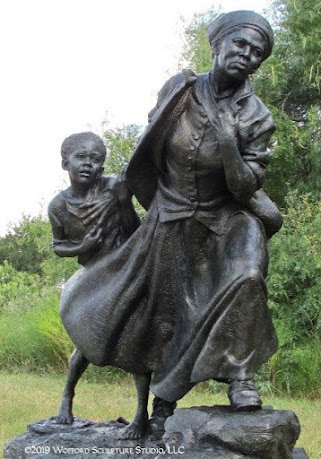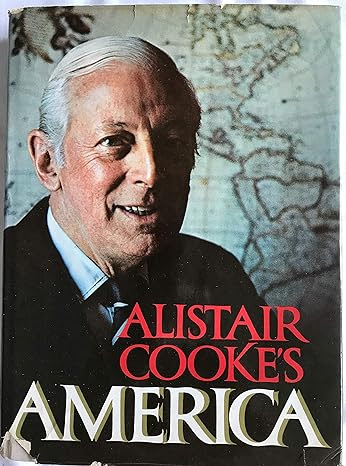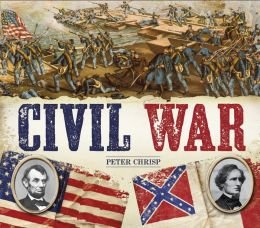ABRAHAM LINCOLN: A LIFE from BEGINNING to END (Biographies of U.S. Presidents)(kindle) by Hourly History

Published in 2016. This little biography is part of an extensive series of short histories produced by Hourly History. The idea is to be a history or a biography that you can read in an hour. Amazon says that his particular biography is the equivalent to 48 pages long. Some historians have asserted that there are more biographies written about Lincoln than anyone else in history, with the exception of Jesus. This is the 73rd book that I've reviewed that with the #tag of "Abraham Lincoln." What does this book have to offer that literally thousands of biographies and histories haven't already covered? To be honest - nothing. But, it is exactly the sort of biography that someone who hates history might pick to read because it is not an intimidating length and it is not written in highfalutin language. There is nothing in this biography that is inaccurate, just a matter of what the Hourly History people decided to highlight and emphasize. I rate this kindle book 3 sta
















